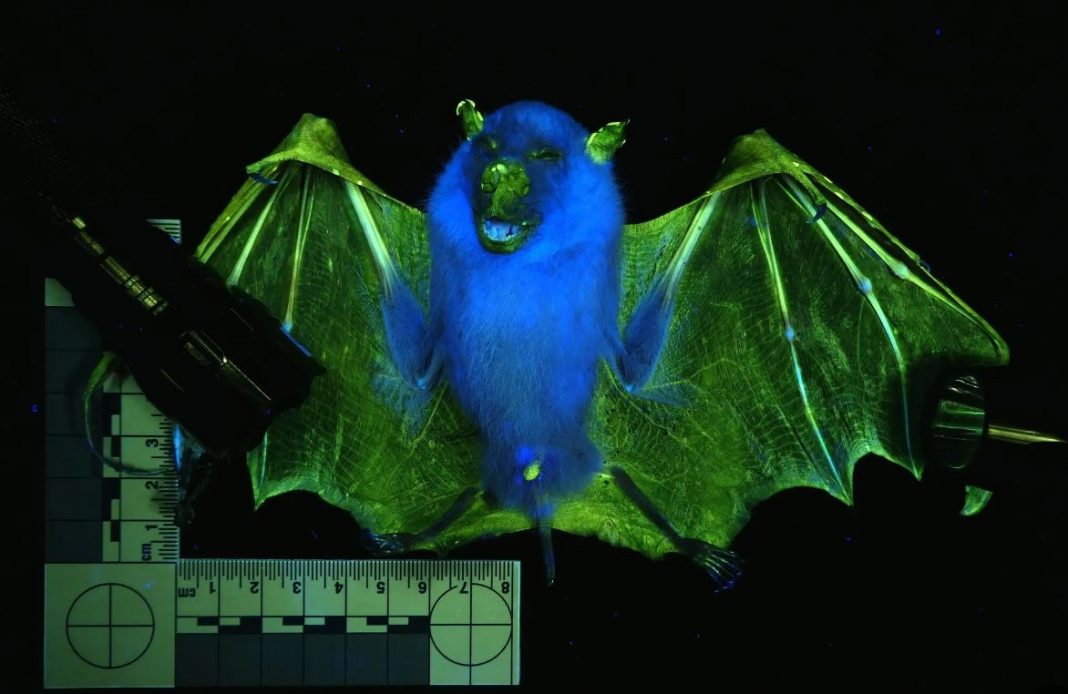In a surprising discovery, a wide range of mammals, from lions and polar bears to flying squirrels and platypuses, have been found to exhibit fluorescence, absorbing ultraviolet light and emitting vibrant colors like shocking pink and bright cyan. Previously considered a rare and mysterious quirk, this study, published in the journal Royal Society Open Science, reveals that mammal fluorescence is widespread. According to Kenny Travouillon, the paper’s lead author and curator of mammalogy at the Western Australian Museum, this trait appears to be the norm.
While fluorescence in mammals has been known for over a century, recent years have seen a surge of interest, with researchers investigating this phenomenon. These studies have often focused on single species, aiming to understand the nuances of this trait in specific animals. The recent study, however, delves into museum specimens representing 125 species from over half of the existing mammal families, ranging from pronghorns to vesper bats.
In a surprising turn of events, researchers found fluorescence in every species they examined, establishing that this trait is widespread among mammals. Dr. Erik Olson, an associate professor of natural resources at Northland College, who was not involved in the study, expressed astonishment at this discovery, which exceeded his expectations.
The idea for this extensive survey arose in 2020 after the revelation of fluorescence in platypuses. Researchers at the Western Australian Museum used a UV lamp to examine their collections, discovering fluorescing wombats and flying foxes. To confirm that these specimens were genuinely glowing, they employed a spectrophotometer to analyze the emitted fluorescence. Additionally, they tested specimens before and after preservation, shedding light on the impact of preservation on fluorescence.
One noticeable pattern was that light-colored areas of fur and skin consistently fluoresced. Curious to see if this pattern extended to all mammals, the researchers embarked on their comprehensive survey, examining each mammal species one by one. The results were astonishing; specimens from all 125 species tested exhibited some degree of fluorescence. Often, the fluorescence came from structures composed of unpigmented keratin, such as white fur, the bare skin of pouches, paw pads, or other features like quills, claws, and whiskers. Some cases even revealed fluorescence in pigmented fur, challenging previous assumptions.
The study has also expanded the list of mammals exhibiting fluorescence to include creatures such as the Southern marsupial mole. Despite being blind and living underground, this species, too, exhibited fluorescence, defying conventional wisdom.
This research suggests that mammal fluorescence is a widespread phenomenon and not an occasional quirk, adding a fascinating layer to our understanding of these remarkable animals.

